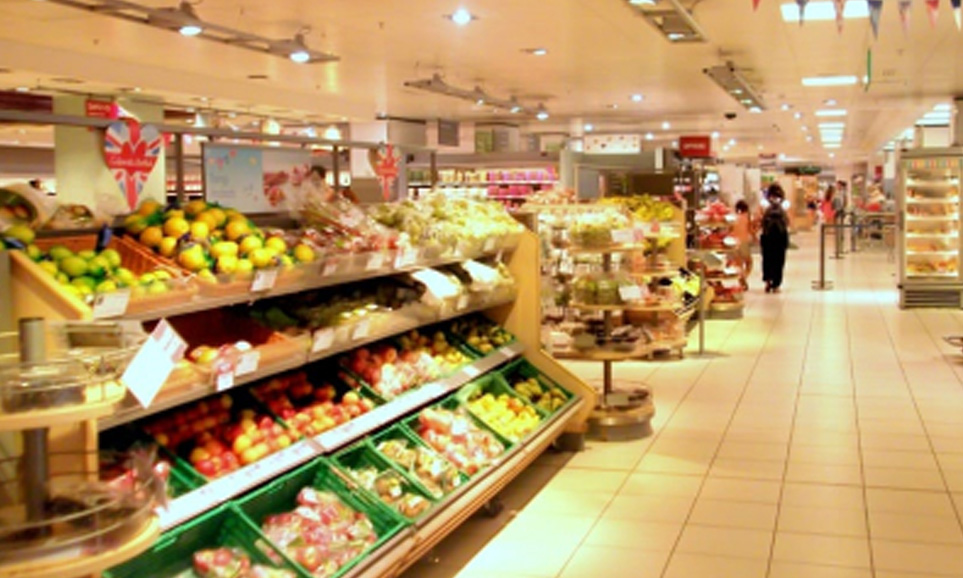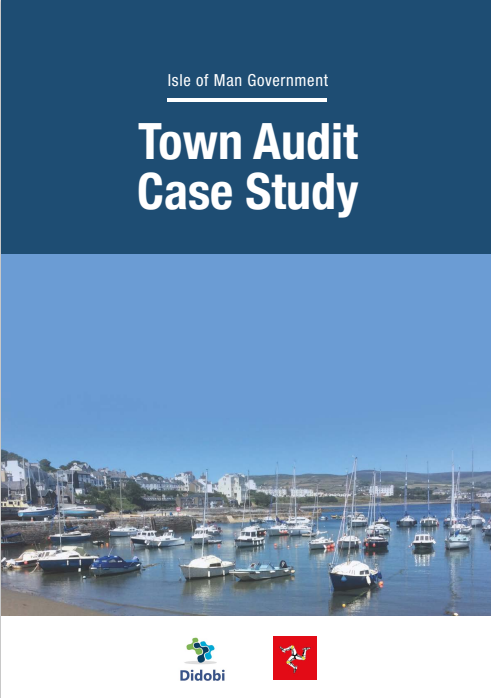
What are the key challenges shown in Sainsbury’s latest results for all supermarkets?
2015 will be the Year of the Supermarket not in a promotional way but more of a Darwinian way of ‘adapt or die’. The big four are all public companies which enables us to see, subject to the accuracy of the figures, what the impact of a changing consumer, a fiercely competitive market and demanding shareholders is doing to these significant UK businesses. Not only are they a critical food source but they also employ hundreds of thousands of people in every town up and down the country.
Tesco’s figures are out tomorrow but having looked at the Sainsbury’s number I think it highlights the wider issues and the what Mike Coupe (CEO Sainsbury’s) really means when he refers to a ‘challenging future’. Clive Black who is Mr Supermarket when it comes to analysing them was quoted in today’s Telegraph as referring to 2014 as having had “a tumultuous 2014 and the worst in living memory” – 2015 will be even more tumultuous to say the least!
The key challenges are clear -a savvy and demanding customer, a customer who buys more frequently and where quality of store environment is a factor. That is just the customer as you then add in the rise of the discounters be they the often quoted Lidl (over 600 stores) and Aldi (over 550 stores) – private companies so difficult to know sales and profitability numbers in UK), or frozen food discounters such as Iceland (over 800 stores) and farmfoods (over 300 stores) or the fixed price discounters, Poundland (nearly 500 stores), 99p Stores/Family Bargains (nearly 250 stores) or general discounters such as B&M Bargains (over 230 stores) – you have a very competitive market place chasing a savvy consumer who shops cross channel and cross value frequently.
The discounters have been very clever at targeting the supermarkets by location as well as price and offer. We will cover this in more detail at a later date. The supermarkets have varied property portfolios some of which they own, some they lease and some as part of sale and leasebacks in the past. Property leases rarely allow for fast responses! It should also not be forgotten that Kwik Save, who went into administration in July 2007, was the most profitable supermarkets in its day. Aldi and Lidl are also not a new entrant to the UK having arrived in the early 1990’s.
Customer ‘club cards’ (Green shield stamps being the first of these schemes many years ago) are not they draw that they used to be in terms of driving customer conversions. Having said that they are not insignificant when it comes to impacting the bottom line as Sainsbury’s latest figures show with a redemption of £124 million nectar points in one quarter alone! Add to this store refurbishments, Tesco have allocated £1bn to this, then you have massive pressures on all fronts for all of the supermarkets. Tesco’s results will no doubt be similar but of a much larger store network. The big four supermarkets store networks and formats are very different in many ways so it will be interesting to see which formats and companies win through in 2015.
Photo credit: Paula Planelles






Leave a comment: